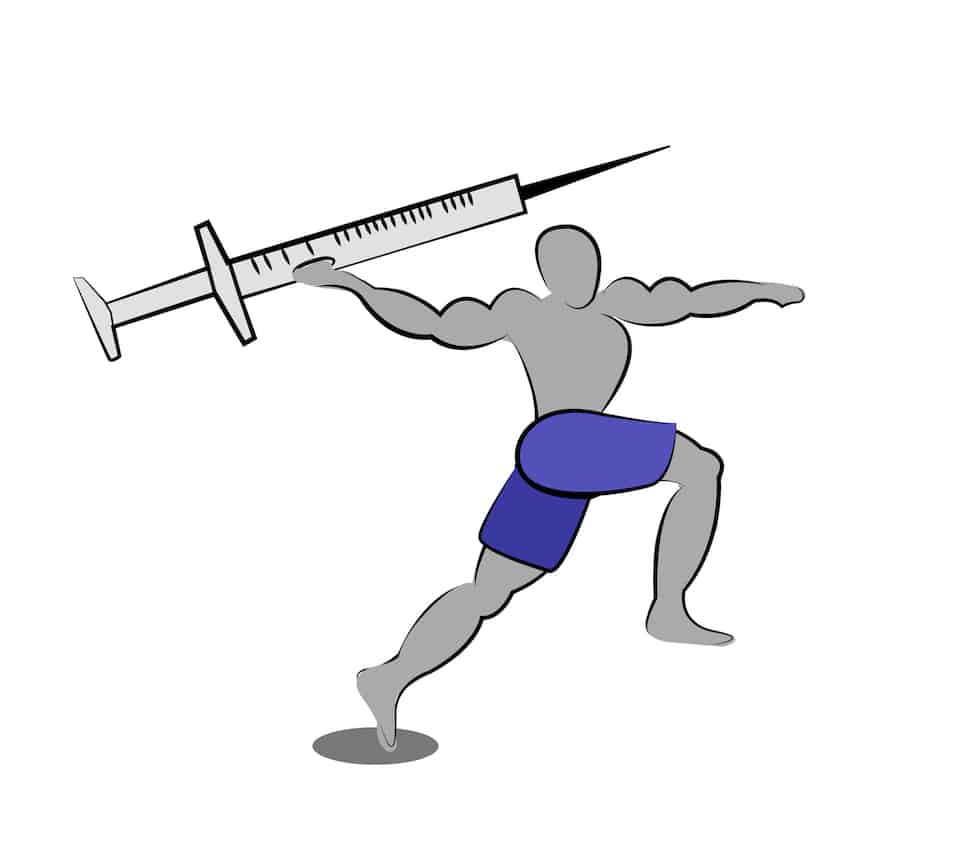In the average university students’ vernacular, calling something or someone ‘dope’ has become synonymous with coolness, trendiness, and intrigue. The word dope carries a positive connotation for most millennials — a trend which has also inverted the meaning of ‘sick’ and ‘thirsty’. However, ‘dope’ has historically carried a far more harmful connotation, and has been regularly associated with drug use — rather than to compliment a new haircut or pair of sneakers, as it is used now.
In the world of sport, doping is the term used to label someone who has, or allegedly has used performance-enhancing drugs. The practice has been prevalent in sport for decades, despite the inauguration of numerous organizations like the World Anti-Doping Agency (WADA) and the Canadian Anti-Doping Program (CADP), which were enacted to help athletes “play true” by committing to drug-free competition.
WADA’s most recent definition of doping, outlined in their code, is “the occurrence of one or more of the anti-doping rule violations.” Established in 1999, WADA is the only international doping agency authorized to enforce the standards of the World Anti-Doping Code. The code was implemented amongst international sport governing bodies in 2004.
Violations of the code include, but are not limited to; the presence of prohibited substances or its metabolites or markers in a sample, refusing to submit or trying to evade sample collection, and tampering or attempted tampering with any aspect of doping control — essentially; taking a drug that enhances your performance, refusing to take a drug test, and tampering with your sample — all of which can result in a suspension or a life time ban from sport.
Ultimately, it is the athlete’s responsibility to ensure that he or she are not violating any anti-doping rules. This means that doping in sport can be labeled as either intentional or negligent.
Perhaps one of the most famous cases of intentional doping in recent years is that of the lauded seven-time Tour de France champion cyclist Lance Armstrong. Armstrong, who retired in 2011, vehemently denied doping throughout his career. However in 2012 he was found guilty of, and finally admitted to, doping. In combination with testosterone, Armstrong admitted to using erythropoietin (EPO) in order to increase his red blood cell count, a practice that has been dubbed ‘blood doping’. Instead of rapidly increasing muscle mass, like testosterone does, EPO and blood transfusions increase a user’s red blood cell count, thus improving their oxygen carrying capacity. This, in turn, means more stamina and less fatigue, which any endurance athlete would find appealing. Once convicted, Armstrong received a lifetime ban from cycling.
A negligent doping case that hits closer to home is that of former Canadian rower Silken Laumann who, allegedly, unknowingly took a cold medicine that contained a banned substance. A decorated athlete who won a gold medal at the 1995 Pan Am Games, Laumann and her quad sculls team were subsequently stripped of their medals after Laumann tested positive for pseudoephedrine, which is a stimulant compound commonly used in cold and nasal congestion medicine.
Because there is no unequivocal way to know if an athlete’s doping was committed unknowingly or intentionally, there is little athletes can do to protect themselves, other than making use of Therapeutic Use Exemption (TUE’s). Alternatively they can bear through an illness like a cold or flu without the use of over-the-counter medications.
With stories as high profile as those of Armstrong and Laumann, it is clear that education and prevention must be active throughout an athlete’s career. With several amendments, additions, and exclusions being made to WADA’s code every year it’s hard to argue that every athlete is intentionally doping, when, they could actually be trying to play true.


